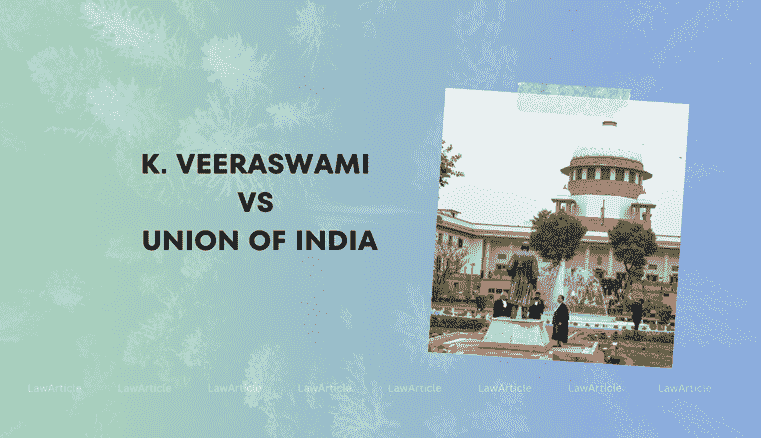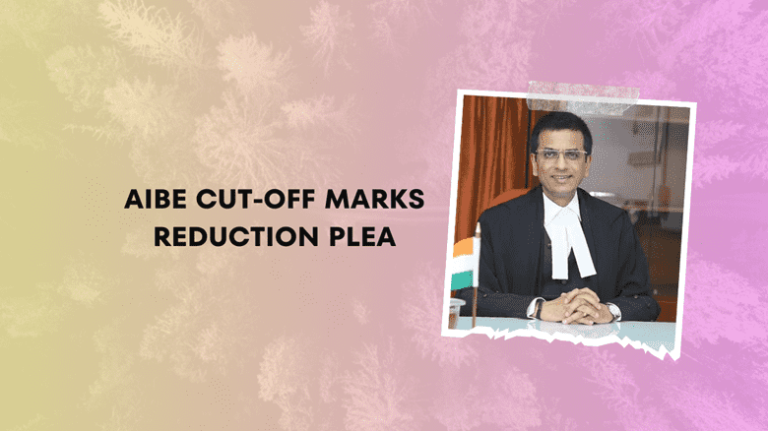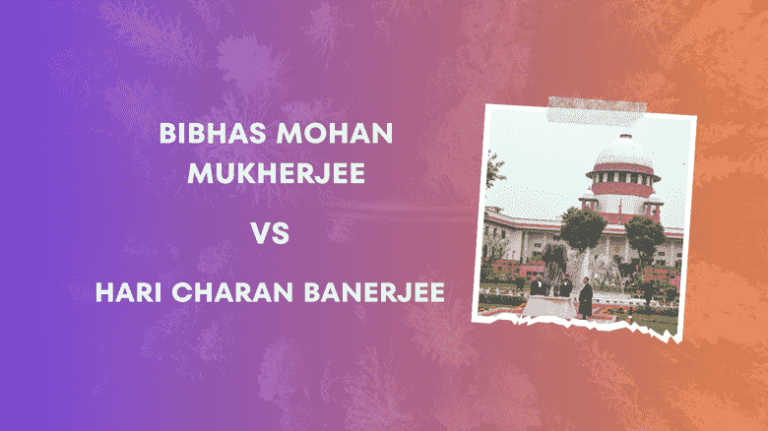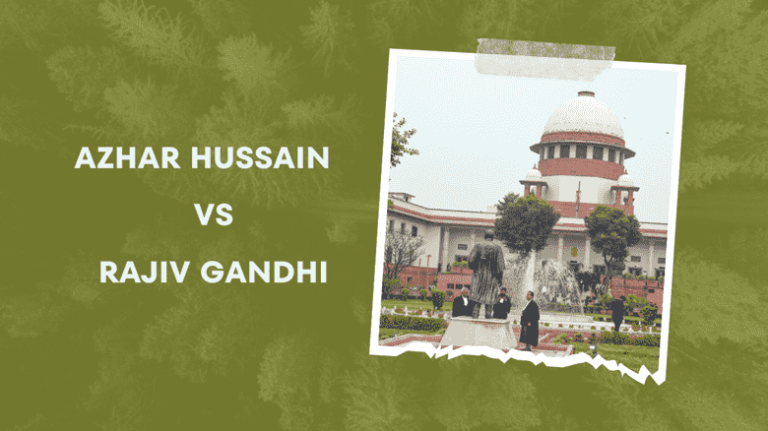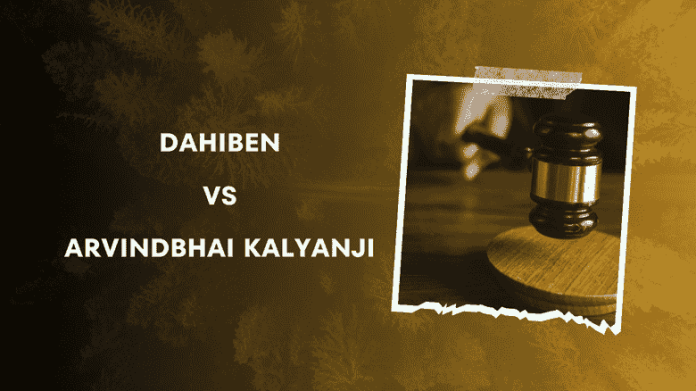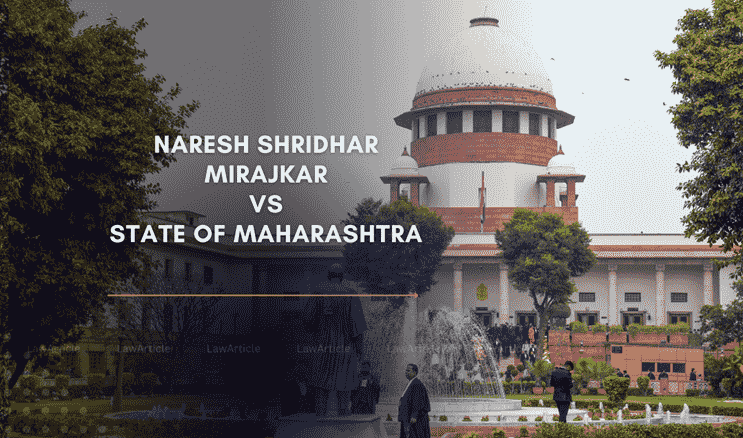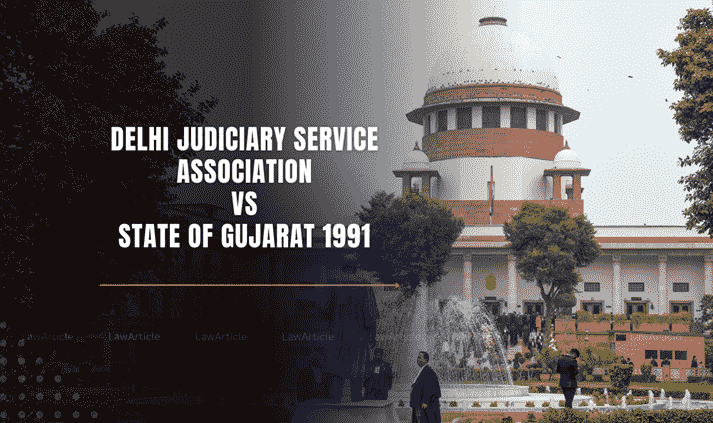In Pari Delicto
Definition and Origins
In pari delicto is a Latin term meaning “in equal fault.” This legal doctrine is often invoked in cases where both parties involved in a lawsuit are deemed to be equally at fault for a wrongful act. The principle is rooted in equity, where courts seek to resolve disputes in a manner that is fair and just, often refusing to assist either party if they have both engaged in wrongdoing.
Background
The origins of the in pari delicto doctrine can be traced back to Roman law, where it was used to prevent individuals from seeking legal remedies for wrongs they themselves were complicit in. Over time, this principle was adopted into common law and has been used by courts to promote justice and discourage illegal or unethical behavior.
The Importance of In Pari Delicto
In pari delicto discourages illegal or unethical behavior by preventing people who engage in such conduct from profiting from it through lawsuits. It also promotes fairness and discourages courts from getting involved in messy disputes where both parties are unclean.
How In Pari Delicto Works
For the doctrine to apply, several factors are typically considered:
- Plaintiff’s Active Participation: The plaintiff must have been a willing and active participant in the wrongful conduct that caused their harm. Accidental or unknowing involvement generally wouldn’t trigger in pari delicto.
- Equality of Fault: The plaintiff’s wrongdoing must be at least substantially equal to, or worse than, the defendant’s. Minor transgressions by the plaintiff likely wouldn’t prevent recovery.
In Pari Delicto and Contract Law
The doctrine can also apply in contract law. If a contract is formed based on illegal activity, the courts may refuse to enforce it under in pari delicto. For instance, if two parties enter into a contract to fix sporting events, neither party could likely sue the other for breach of contract.
Application in Modern Law
The in pari delicto defense is commonly applied in various areas of law, including contract law, tort law, and bankruptcy law. Here’s how it typically operates in these fields:
- Contract Law:
- Scenario: Two parties enter into a contract that involves illegal activities.
- Application: If a dispute arises, the court may refuse to enforce the contract or provide remedies to either party, as both are equally at fault for entering into an illegal agreement.
- Tort Law:
- Scenario: Two individuals collaborate in committing a tortious act and later one sues the other for damages.
- Application: The court may dismiss the lawsuit, citing in pari delicto, as both parties share equal responsibility for the tort.
- Bankruptcy Law:
- Scenario: A debtor and a third party engage in fraudulent activities to conceal assets from creditors.
- Application: If a bankruptcy trustee attempts to recover assets from the third party, the in pari delicto defense might be used to bar the trustee’s claim, as the debtor (whose rights the trustee stands in) was also complicit in the fraud.
Case Laws
Several landmark Judicial Precedents have shaped the application of the in pari delicto doctrine:
- Bateman Eichler, Hill Richards, Inc. v. Berner, 472 U.S. 299 (1985):
- Facts: This case involved allegations of securities fraud.
- Ruling: The Supreme Court held that in pari delicto could be used as a defense against claims brought by plaintiffs who were equally involved in the fraudulent scheme.
- Kirschner v. KPMG LLP, 15 N.Y.3d 446 (2010):
- Facts: The case involved accounting malpractice where the plaintiff, acting as a trustee, sued KPMG for aiding in corporate fraud.
- Ruling: The New York Court of Appeals upheld the in pari delicto defense, emphasizing that the wrongdoing of the corporate managers was imputed to the corporation itself.
- Pinter v. Dahl, 486 U.S. 622 (1988):
- Facts: The case dealt with the sale of unregistered securities.
- Ruling: The Supreme Court ruled that in pari delicto barred the plaintiff from recovering damages, as both parties were engaged in the illegal sale.
Criticisms and Limitations
While the in pari delicto doctrine promotes fairness by denying relief to wrongdoers, it has faced criticism:
- Perpetuation of Injustice: Critics argue that the doctrine can sometimes perpetuate injustice by leaving aggrieved parties without a remedy, particularly in complex financial fraud cases where innocent stakeholders may suffer.
- Inconsistent Application: The application of the doctrine can be inconsistent, as courts have discretion in determining the extent of fault and the applicability of the defense.
- Public Policy Concerns: In some instances, courts have refused to apply in pari delicto on public policy grounds, especially when denying relief would contravene statutory objectives or broader societal interests.
Conclusion
The in pari delicto doctrine remains a fundamental principle in equity, emphasizing the importance of clean hands in seeking judicial relief. Its application, however, requires careful consideration of the facts and circumstances of each case, ensuring that justice is served without unduly penalizing those who seek to rectify wrongs. In pari delicto is a multifaceted doctrine that can significantly impact lawsuits. Consulting with a legal professional familiar with the specific nuances of your jurisdiction is essential if you believe this doctrine might be relevant to your situation. Understanding the potential application of in pari delicto can help you make informed decisions and navigate legal disputes more effectively.
Also Read:
Rights of undertrial prisoners in India
How To Send A Legal Notice In India




